Ensuring Care When Your Regular Vet Isn’t Available
The dedicated team at Eastern Maine Emergency Veterinary Clinic in Brewer, ME, stands ready to deliver exceptional emergency and urgent care for your cherished pets. Our commitment extends beyond regular office hours, ensuring your pet receives prompt attention during emergencies. Trust us to collaborate with you at every step, safeguarding your pet’s health and well-being.
Address
Contact Details
Our Hours
Monday – Thursday: 5:30 PM – 8:00 AM
Friday, Saturday, Sunday:
Open 5:30 PM Friday
to 8:00 AM Monday
About Eastern Maine Emergency Veterinary Clinic
Our core values are Compassion, Respect, and Collaboration.
Welcome to Eastern Maine Emergency Veterinary Clinic in Brewer, ME. We’re fully equipped and dedicated to exceptional care for your pets.
Triage Based Emergency Care
We provide emergency care for your pets without appointments, available after hours, on weekends, and holidays. As the furthest north after-hours clinic in Maine, pet owners trust us for prompt and reliable service. We are TRIAGE based so you will be seen in the order of severity. Calling ahead helps us prepare, especially during busy times when we may reach capacity. Your proactive communication ensures we can promptly attend to your pet’s needs.
Our Veterinary Services in Brewer, ME
At Eastern Maine Emergency Veterinary Clinic, we are proud to offer a range of emergency veterinary services to address your pet’s specific and urgent veterinary needs.
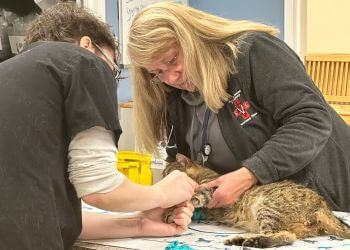
Emergency Care
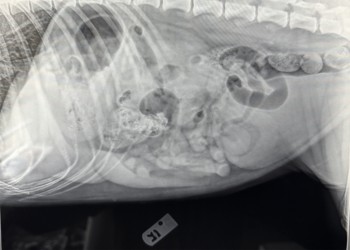
X-Ray
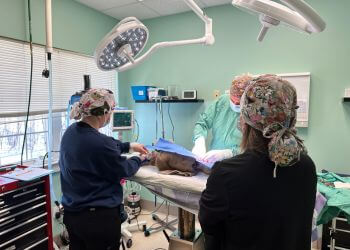
Surgical Care
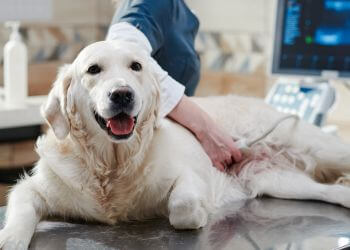
Diagnostics
Meet Our Veterinary Team
We understand that emergencies can happen anytime, and pets require immediate medical attention. That’s why our veterinary team of dedicated professionals is trained and experienced in providing emergency care for their pet patients.

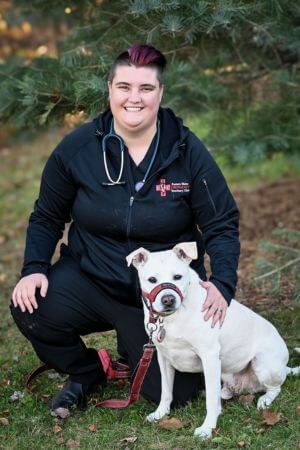


Our Client Feedback
Very happy they were able to take my dog an emergency. They are more expensive than the Lewiston emergency clinic. However, they have a very knowledgeable staff and the necessary equipment and medications to care for emergency visits.
Very professional staff & quality care. The staff did a great job keeping us updated with regard to expected wait times as they tended to more urgent cases. Thank you for all you do and the huge geographical area you cover!

